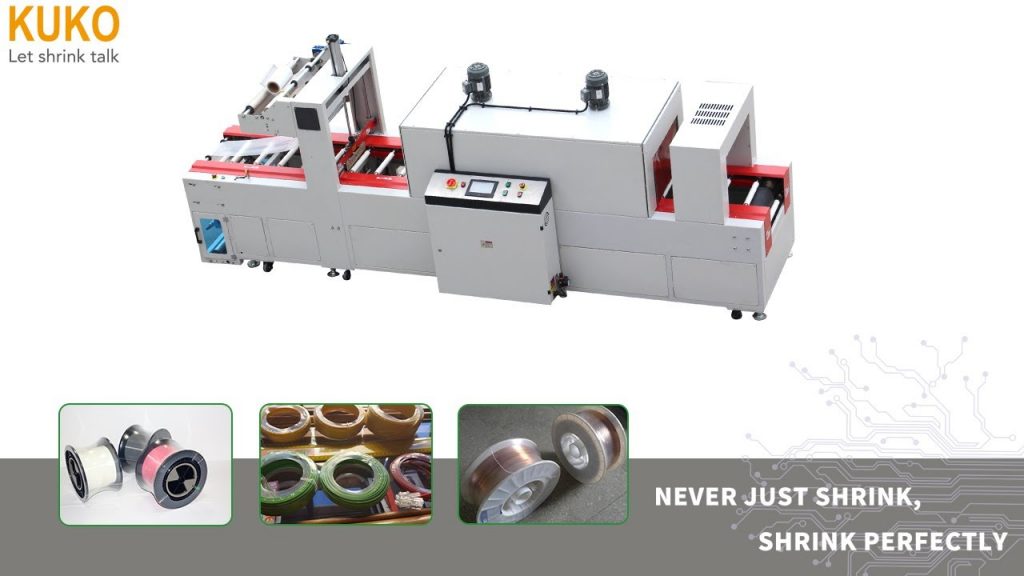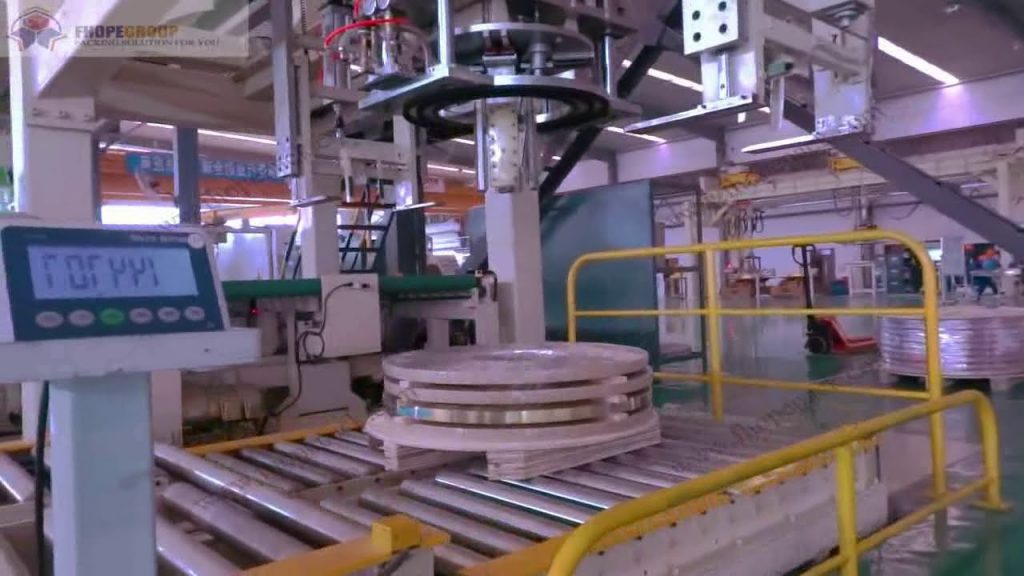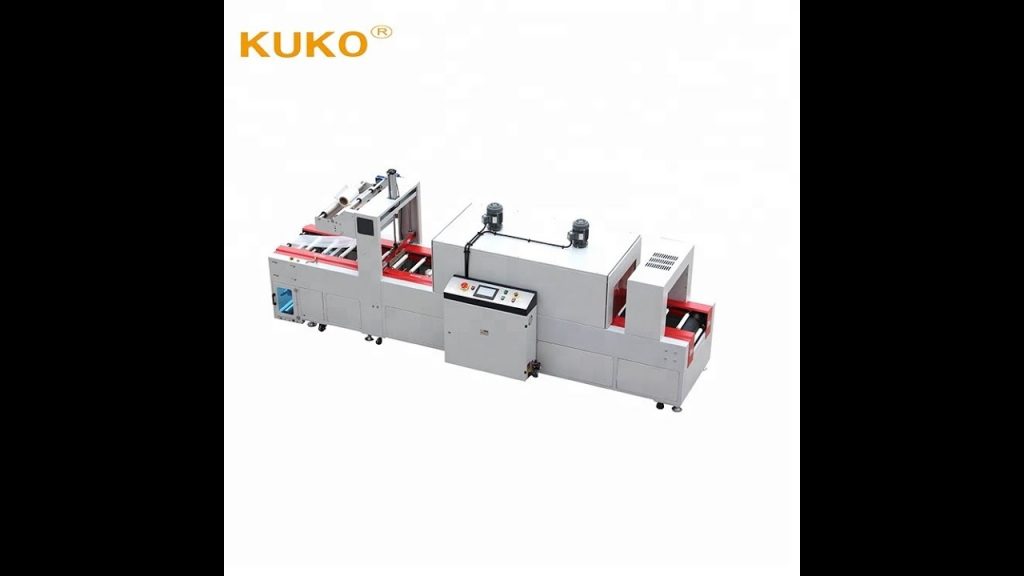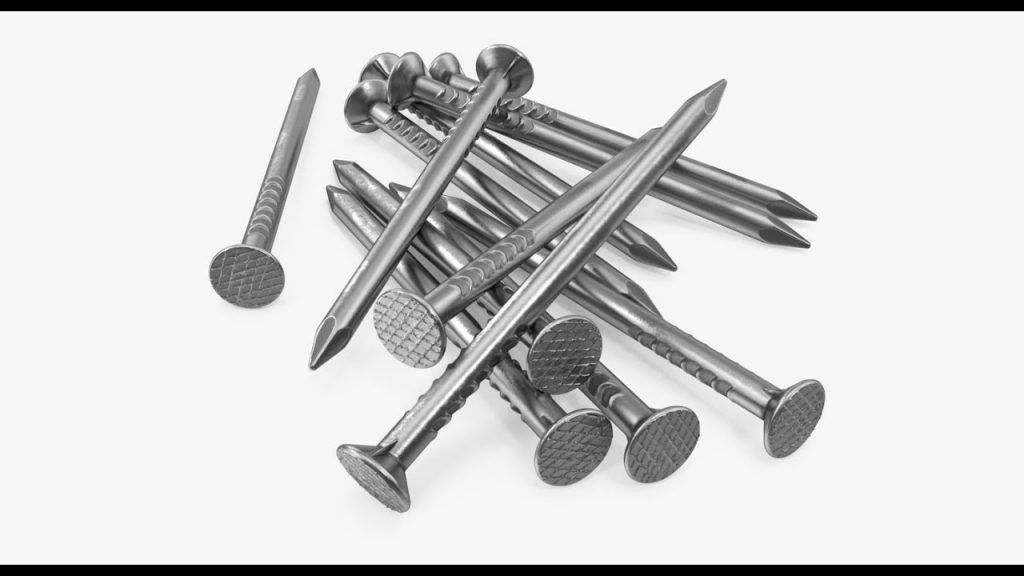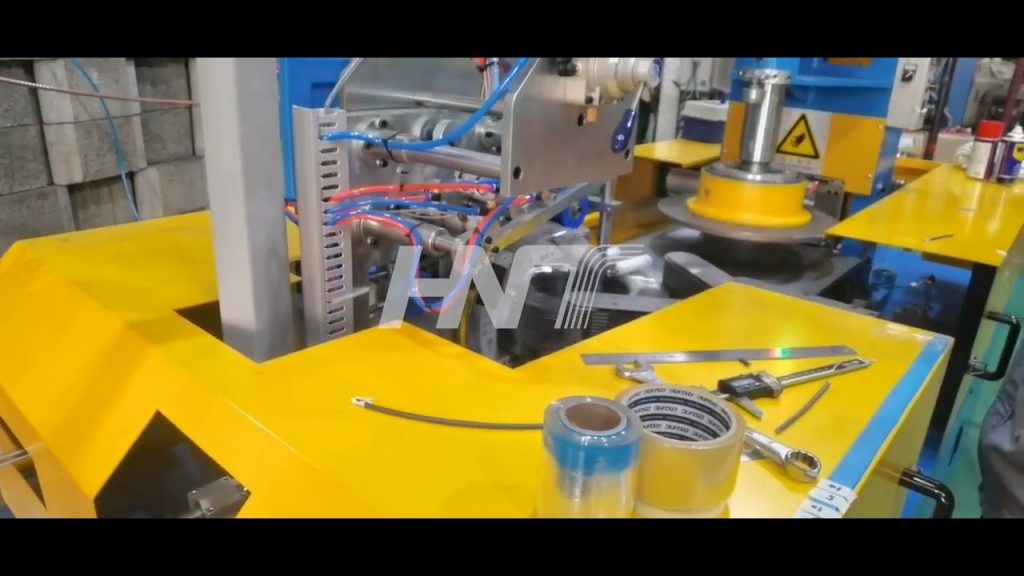Why Every Tooling Workshop Needs a Mold Upender
In the demanding world of tooling workshops, efficiency, safety, and precision are not just aspirations—they are necessities. Handling heavy molds and dies is a core operation, yet traditional methods often introduce significant bottlenecks and risks. This is where the mold upender, also known as a die flipper or mold tilter, emerges as an indispensable piece of equipment. For workshops seeking to optimize their processes, enhance worker safety, and boost overall productivity, investing in a mold upender is not merely an upgrade, it’s a strategic imperative. By safely and efficiently rotating heavy molds 90 degrees, mold upenders streamline workflows, minimize risks, and ultimately, improve the bottom line for any tooling operation.
The Hidden Dangers of Traditional Mold Handling
For many years, tooling workshops relied on overhead cranes for flipping and rotating molds. On the surface, using a crane might seem like a straightforward approach. After all, cranes are designed to lift heavy objects. However, when applied to mold handling, particularly the task of flipping heavy and often awkwardly shaped molds, this method reveals itself to be fraught with hazards and inefficiencies.
The fundamental problem with using cranes for mold flipping lies in the inherent mismatch between the tool and the task. Cranes are designed for vertical lifting, not controlled horizontal rotation of unwieldy objects. Attempting to flip a mold using a crane introduces a cascade of potential dangers:
- Crane Overload and Failure: Cranes are not engineered for the sideways pulling and sudden load shifts involved in flipping a mold. This can place immense stress on the crane structure and cables, increasing the risk of mechanical failure and catastrophic accidents.
- “Whip-Effect” and Load Instability: As the mold approaches its pivot point during a crane flip, the weight distribution changes rapidly. The crane cable can experience a sudden surge in tension, like “snapping a whip,” making the load unstable and difficult to control. This dangerous moment can lead to dropped molds, causing damage to both the mold and the surrounding environment.
- Human Error Amplification: Manual crane operation relies heavily on human judgment and precision. In the high-stress environment of a tooling workshop, even small errors in rigging, securing, or crane operation can have significant and dangerous consequences when dealing with tons of steel.
- Safety Risks to Personnel: Workers involved in crane-based mold flipping are constantly exposed to significant risks. The potential for dropped molds, swinging loads, and equipment failure creates a hazardous work environment, increasing the likelihood of serious injuries.
- Time-Consuming Procedures: Setting up and executing a mold flip with a crane is a slow and laborious process. It involves multiple workers, careful rigging, slow and deliberate movements, and constant vigilance to maintain safety. This time overhead directly impacts productivity and throughput in the workshop.
Considering these significant drawbacks, the question isn't if there's a better way, but what that better way is. The answer lies in purpose-built mold handling equipment – specifically, the mold upender.
Enter the Mold Upender: A Purpose-Built Solution
A mold upender is a specialized machine designed exclusively for safely and efficiently rotating molds and dies. Unlike general-purpose lifting equipment, mold upenders are engineered from the ground up to address the unique challenges of mold handling in tooling workshops. They provide a controlled and predictable method for rotating molds, eliminating the inherent dangers and inefficiencies associated with crane-based flipping.
Mold upenders come in various configurations and capacities, ranging from smaller units for lighter molds to heavy-duty models capable of handling molds weighing tens of tons. They typically feature a sturdy platform or cradle designed to securely hold the mold during the rotation process. The rotation itself is powered by robust mechanical or hydraulic systems, ensuring smooth and controlled movement.
The benefits of integrating a mold upender into a tooling workshop are multifaceted and far-reaching, impacting safety, efficiency, versatility, and ultimately, the quality of the workshop's output.
Benefit 1: Unparalleled Safety Enhancement
| Safety should always be paramount in any tooling workshop. Mold upenders directly address the critical safety concerns associated with traditional mold handling methods. By automating and controlling the mold rotation process, they drastically reduce the risks of accidents and injuries. | Safety Aspect | Description | Data Insight (Estimated) |
|---|---|---|---|
| Reduced Manual Handling | Automates heavy mold rotations, minimizing direct worker involvement. | 30-40% Injury Reduction | |
| Enhanced Stability | Provides a stable and secure platform for mold rotation, preventing drops. | 20-30% Damage Decrease | |
| Controlled Process | Automated systems ensure predictable and controlled mold handling. | Increased Operational Reliability |
| Ergonomic Operation | Eliminates strenuous manual lifting and awkward postures for workers. | Improved Worker Morale & Reduced Fatigue |
By minimizing manual handling, mold upenders reduce the potential for human error, which is a significant contributor to workplace accidents. The stable platform and controlled rotation minimize the risk of dropped molds, protecting both workers and expensive tooling. Furthermore, the ergonomic design reduces strain and fatigue on operators, contributing to a safer and more comfortable working environment.
Benefit 2: Drastic Improvement in Efficiency and Productivity
| Time is money in any manufacturing setting, and tooling workshops are no exception. Mold upenders offer a significant boost to efficiency by streamlining the mold handling process and reducing downtime. | Feature | Impact on Efficiency |
|---|---|---|
| Automated 90-degree Turning | Reduces manual handling time drastically, speeding up mold changes. | |
| Simplified Workflow | Integrates smoothly into existing workflows, minimizing process disruptions. | |
| Faster Mold Preparation | Enables quicker access to mold components for maintenance and adjustments. | |
| Increased Throughput | Faster mold handling translates directly to increased workshop output. |
Compared to the time-consuming and cumbersome process of using cranes, mold upenders can perform mold rotations in a fraction of the time. This speed advantage translates into significant time savings across various workshop operations, including mold changes, maintenance, and inspections. By optimizing workflow and minimizing downtime, mold upenders contribute directly to increased productivity and throughput, allowing workshops to handle more jobs and meet tighter deadlines. Anecdotal evidence suggests that tasks that previously took hours using cranes can be accomplished in minutes with a mold upender.
Benefit 3: Versatility to Handle Diverse Mold Types and Sizes
| Tooling workshops often deal with a wide variety of molds and dies, ranging in size, shape, and weight. Versatile mold handling equipment is crucial to accommodate this diversity and maintain operational flexibility. | Versatility Factor | Importance | Result |
|---|---|---|---|
| Adaptable to Various Molds | Accommodates different sizes and shapes without requiring specialized setups. | Eliminates need for multiple specialized machines. | |
| Flexible Configurations | Available in various capacities and platform designs to suit specific needs. | Tailored solutions for diverse workshop requirements. | |
| Customization Options | Can be custom-engineered for uniquely shaped or exceptionally heavy molds. | Handles even the most challenging mold handling tasks. | |
| Improved Production Agility | Quick adaptation to mold changes enhances responsiveness to market demands. | Faster turnaround times and greater production flexibility |
Modern mold upenders are designed with versatility in mind. They can be adjusted to handle molds of different dimensions and are available with various platform options to accommodate diverse mold geometries. For workshops dealing with highly specialized molds, custom-engineered upenders can be developed to meet unique handling requirements. This adaptability ensures that a single mold upender can serve a wide range of tooling needs, reducing the need for multiple pieces of specialized equipment and simplifying workshop operations.
Benefit 4: Enhancing the Quality of Molded Products
While often considered primarily for handling, mold upenders indirectly contribute to enhancing the quality of the final molded products. This is achieved through improved mold handling practices and consistent mold condition.
| Aspect | Impact on Manufacturing |
|---|---|
| Mold Release Efficiency | Ensures smooth and damage-free mold release by allowing optimal mold positioning. |
| Product Surface Finish | Facilitates even pressure and temperature distribution within the mold during maintenance. |
| Consistent Mold Condition | Enables easier and more thorough mold cleaning and maintenance, reducing defects. |
| Improved Injection Quality | Minimizes defects through better mold alignment during handling and maintenance. |
By enabling easier and safer mold rotation, upenders facilitate more thorough and efficient mold maintenance. This includes cleaning, inspection, and repairs, which are crucial for maintaining mold performance and product quality. Improved mold release, facilitated by precise mold positioning, reduces the risk of damage to mold components and ensures consistent part ejection. Ultimately, well-maintained and properly handled molds contribute to higher quality molded parts with fewer defects and improved surface finishes.
Conclusion: The Indispensable Tool for Modern Tooling Workshops
In today's competitive manufacturing landscape, tooling workshops must constantly strive for improvements in efficiency, safety, and quality. The mold upender is no longer a luxury but a necessity for any workshop seeking to operate at peak performance. By mitigating the dangers of manual mold handling, streamlining workflow, providing versatility, and contributing to enhanced product quality, mold upenders deliver a compelling return on investment.
For tooling workshop owners and managers looking to optimize their operations and stay ahead of the curve, investing in a mold upender is a strategic decision that yields tangible benefits across the board. It’s time to move beyond outdated and risky mold handling methods and embrace the safety, efficiency, and productivity gains that a modern mold upender delivers. Make the smart choice, and equip your workshop with the essential tool for the future of mold handling.
